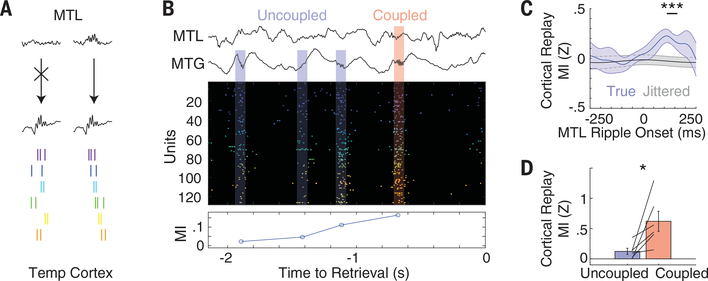Fig. 4. MTL ripples precede cortical sequence replay.
(A) Schematic of proposed mechanism for sequence replay in the cortex. Units are not sequentially organized when cortical bursts occur in isolation (left), whereas sequence replay occurs when MTL ripples occur in coordination with cortical bursts (right). (B) Example of dynamic coupling between MTL and cortical ripples (top), bursting events (middle), and sequence replay during successful memory retrieval (bottom). (C) Average cortical replay values relative to onset of MTL ripples in correct retrieval trials (blue), and the same data when MTL ripple temporal indices were jittered randomly (gray). Error bars represent SEM across all participants (***P < 0.001, permutation test). (D) Sequence replay during retrieval after dividing all sequences into those that were uncoupled and those that were coupled to MTL ripples. Each line indicates a single participant, and bars indicate SEM across all participants. Coupled sequences exhibited higher replay values than those of uncoupled sequences (*P < 0.05).

